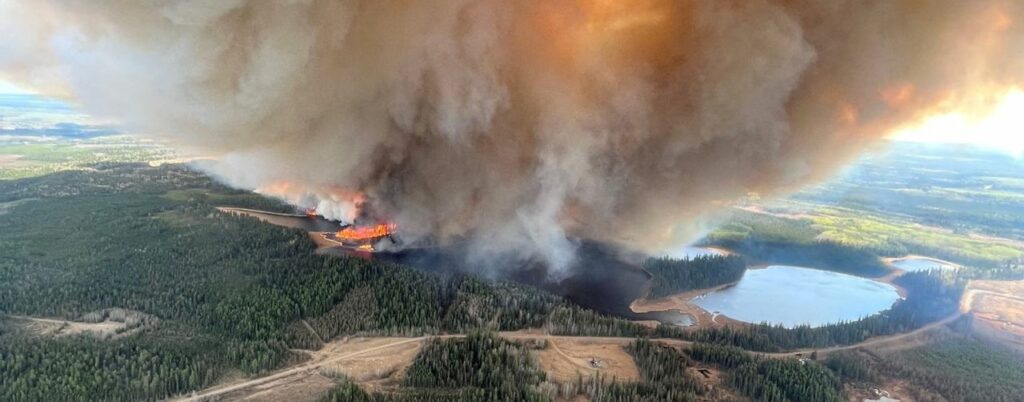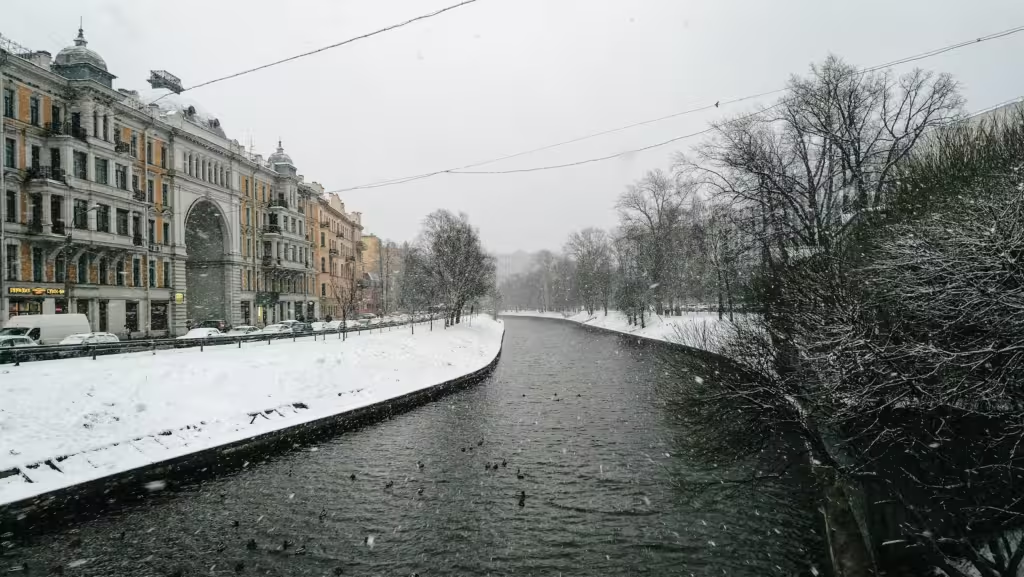We mentioned last week the media obsession with a non-existent increase in wildfires, or of many other weather phenomena including hurricanes. And indeed Bloomberg Green hollers “Fire” in a crowded media theatre. Under the headline “How Europe Lost an Area the Size of Cyprus to Wildfires This Year” which had most readers immediately thinking “Isn’t Cyprus that little weirdly-shaped island near Turkey?” it hollered “A record summer of blazes on the continent shows how governments and local communities can’t keep up with brutal fire conditions exacerbated by climate change.” Brutal. Record. You could be forgiven for assuming they wouldn’t write such stuff if there weren’t something solid behind it. But you’d be wrong.
OK, not totally. There are several things behind it. But they’re all disreputable. For instance, what the story actually says is, in part, that:
“This year more than 1,900 wildfires have sparked across the European Union, scorching a record 9,860 square kilometers — an area larger than Cyprus, according to satellite estimates from the EU’s European Forest Fire Information System. Climate change is playing a major role in the endless scenes of smoke and fire. Europe is the world’s fastest-warming continent, and the searing heat and drought that fueled this summer’s blazes will intensify in the coming decades, setting the stage once again for strong winds to fan flames and spread fires. Yet global warming is only part of the story: a lack of coordination between agencies, fragmented land ownership and under-resourced fire services also turned many outbreaks into uncontrollable blazes.”
So we seem to be back to the recent collapse in sensible fire-fighting, along with so many other aspects of governance. But what about the fact that it’s a record? Doesn’t that say something important?
Yes. That you’re being had.
For starters some people, including Canadians, might scoff at fires that burn an average of fewer than six square kilometers. Or just scoff at the EFFIS, which is not free-standing but is part of the alarmist outfit Copernicus. Especially once you realize that it has mapped less than half of the damage and estimated the rest. But the big issue is that Bloomberg, typically and indeed like Reuters, is so incurious about where this “record” notion came from that they don’t describe it, link to it, or say record since when.
In fact the data EFFIS publishes, and the stuff Bloomberg cites, only goes back to 2006. And the Guardian did blurt out that EFFIS data only goes back to 2003. Record? Pfui. If it’s not fraud it will do until some comes along.
As you may recall, climate is generally defined as the weather conditions that typically prevail in some area for a period of 30 years. So this spike is unrelated to climate or anything else. It’s noise not signal. And them making it a loud noise doesn’t make it better.
Since journalists apparently don’t do journalism any more, we tried. We did a bit of that infamous online searching that so simplifies checking things out if you have any such inclination, asking the interwebs about European wildfires in history.
In doing so we hit a bit of a roadblock. There is interesting material readily available, including academic studies, but it almost exclusively concerns urban fires. Why? Because nobody was measuring rural ones. And of course now with all the grant money going to people who say climate change incinerated my Europe, nobody’s studying layers of carbon and other proxies to try to discover whether, like the rest of the planet, Europe had lots of forest or grass fires back when. And if they were, journalists wouldn’t bother looking it up.
Still, if you believe forest fires didn’t rage unchecked across large parts of Europe in the 10th or 17th century, when there were neither fire departments nor ministries of forestry, you … uh… well, you could get a job as a reporter, we suppose.



Canada’s Boreal forests are about 8000 years old…but the mature trees themselves average 120-140 years old. “Mean Time between Fires” is an actual parameter that silviculturists investigate. Whole forests have burned down and regrown dozens of times since the glaciers retreated. The media needs to get over it…..
The problem with forest fires is not that they burn forests - they've always done that - but in the vastly wealthy societies compared to a few decades or more ago, those forests contain other things beside trees, such as houses, whose inhabitants complain loudly via the internet when their houses burn down.
In 1870 an enormous forest fire nearly wiped Canada's capital city, Ottawa, off the map, killing a lot of people in the process. But there wasn't any internet in those days nor any thoughts of climate change so it was quickly forgotten.
Cyprus eh! Less than 1/10 of a percent of the total area of Europe. So fires covering that much area don't seem so significant. It's hard to call it much of a record when your data only goes back 20 years or so.